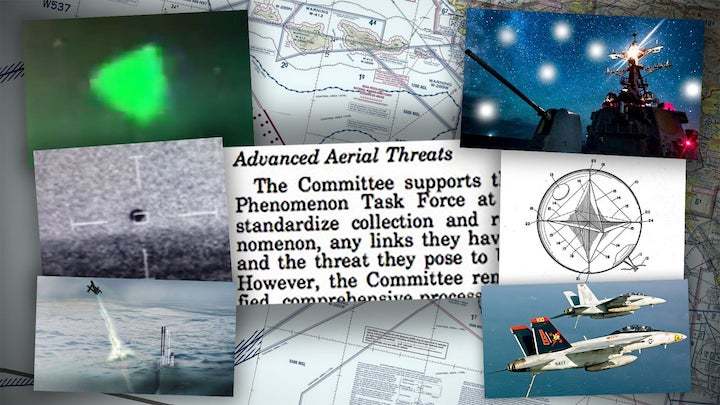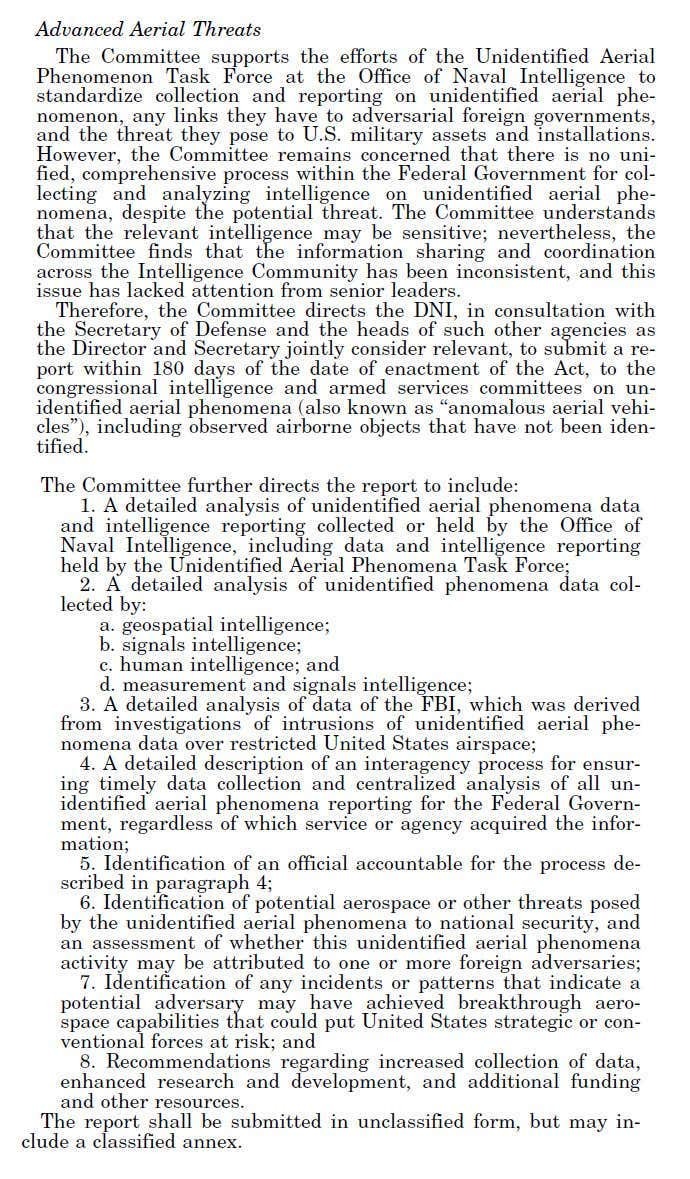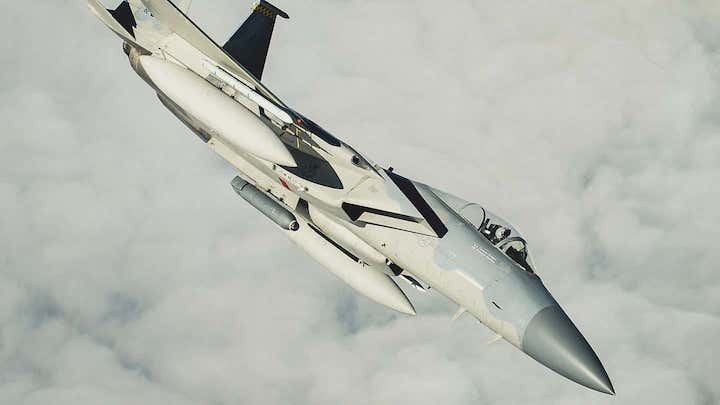19.04.2021

Fortsetzung: UFO-Forschung - Adversary Drones Are Spying On The U.S. And The Pentagon Acts Like Theyre UFOs Teil-1/2
...
An investigation in a bubble
It also seems quite possible, that when it comes to the Pentagon's investigations into these matters, there is a lack of real expertise to properly evaluate the evidence. In all the discussions about this topic and the Pentagon's 'UFO' programs under AAWSAP and later AATIP, it seems that they were working largely external to the sprawling intelligence infrastructure built over 70 years to quantify foreign threats using limited information and even to exploit them.
For instance, the people in the Defense Intelligence Agency's Foreign Material Exploitation apparatus can pull crashed MiGs from swamps and get them flying again under total secrecy and those in the Directorate of Science and Technology are tasked with evaluating complex foreign threats from a distance using all the data the intelligence community has to offer. Somehow, when it comes to UAP, we never hear about this existing ecosystem that is perfectly suited to evaluate the topic. It is as if the whole UAP issue has and continues to live in its own tiny intelligence bubble, walled off from the greater military intelligence environment.
While claims that 'smart people' have looked at the data may be true, we don't know who these people are or what their level of expertise or resources is. Do they even exist inside the DoD and intelligence community's analysis world or are they external to it? How many eyes are actually working on these issues and collaborating to better understand and quantify them? From what we understand, historically very few, at least in regards to the programs that have been disclosed.


